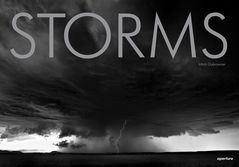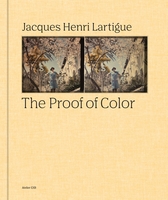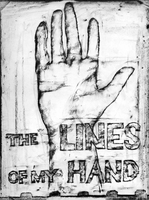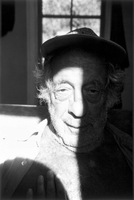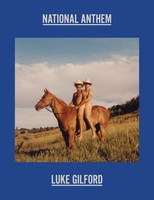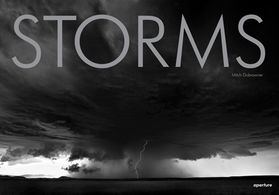APERTUREMitch Dobrowner: StormsPublished by Aperture
Introduction by Gretel Ehrlich.
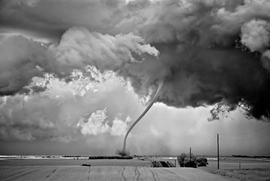 Mitch Dobrowner has been chasing storms since 2009, traveling throughout Western and Midwestern America to capture nature in its full fury. Making photographs in the tradition of Ansel Adams, to the highest standard of craftsmanship, Dobrowner creates extraordinary black-and-white images of monsoons, tornados and massive thunderstorms conjure awe and wonder. As Dobrowner states in the book's afterword, "I experience storms as living beings, organic things, both rational and unpredictable in the way they look, how they move, grow and die. Every storm is different; each has a unique character. My job is to capture a 'portrait' of each storm I encounter, an image that does each one justice as if the storm was a person." Dobrowner's photographs been published widely by magazines, including National Geographic, Time and the Los Angeles Times. They are introduced here by Gretel Ehrlich, the American travel writer and poet, who creates her own images, in words, that evoke the stormy spirit of the American West. Mitch Dobrowner has been chasing storms since 2009, traveling throughout Western and Midwestern America to capture nature in its full fury. Making photographs in the tradition of Ansel Adams, to the highest standard of craftsmanship, Dobrowner creates extraordinary black-and-white images of monsoons, tornados and massive thunderstorms conjure awe and wonder. As Dobrowner states in the book's afterword, "I experience storms as living beings, organic things, both rational and unpredictable in the way they look, how they move, grow and die. Every storm is different; each has a unique character. My job is to capture a 'portrait' of each storm I encounter, an image that does each one justice as if the storm was a person." Dobrowner's photographs been published widely by magazines, including National Geographic, Time and the Los Angeles Times. They are introduced here by Gretel Ehrlich, the American travel writer and poet, who creates her own images, in words, that evoke the stormy spirit of the American West.
Mitch Dobrowner (born in Bethpage, New York, 1956) derives his inspiration from the natural world, and from the masters of landscape photography who have captured it before him, in particular, Ansel Adams and Minor White. Dobrowner began photographing the landscape of the American West in 2005, and since then, storms have become one of his main subjects. Although Dobrowner's work is widely exhibited, collected and published in periodicals, this is the first book featuring his storm photographs.
PRAISE AND REVIEWSAmerican Photo Jack Crager This guy doesn't need a weatherman: Throughout the western U.S., he captures electric thunderstorms, ominious funnel clouds, and outright tornadoes in luminous, Ansel Adamsian black and white. WIRED “Dobrowner’s images concentrate on the natural beauty of storms themselves as they lumber through unoccupied territory.” American Photo Meg Ryan Heery Dobowner aims to capture storms and other massive landscapes, like "Nibiru Stone", above, a large piece of ice sitting on the Icelandic shoreline, as "living beings, both rational and unpredictable in the way they look, how they move, grow, and die," he says. |
| | |

